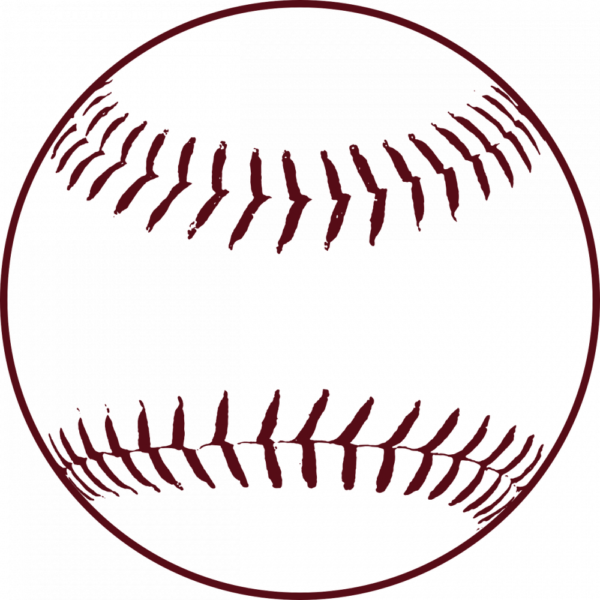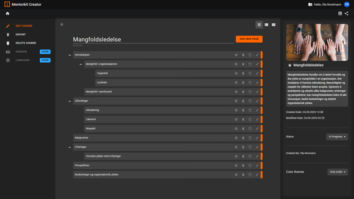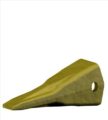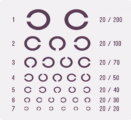Baseball Ball: A Comprehensive Guide to Types, Quantitative Measurements, and Historical Perspectives

Introduction
Baseball, often referred to as America’s favorite pastime, is a sport that has captivated fans for generations. At the heart of the game is the baseball ball, an essential component that determines the outcome of each play. In this in-depth article, we will explore the intricacies of the baseball ball, including its types, popularity, quantitative measurements, and historical significance.
Types of Baseball Balls

Baseball balls come in various types, each designed for specific levels of play and playing conditions. The two most common types are the official Major League Baseball (MLB) ball and the recreational or youth baseball ball. The official MLB ball is meticulously engineered to meet stringent standards, ensuring consistency and fairness in professional games. Recreational and youth baseball balls, on the other hand, are designed for amateur games and practice sessions.
Popular Baseball Ball Features
Several features distinguish baseball balls, making them suitable for different playing scenarios. The cover of a baseball ball is typically made of leather or synthetic materials. Leather covers provide durability and responsiveness, while synthetic materials offer cost-effectiveness and weather resistance. Standard baseball balls consist of a compressed cork and rubber core wrapped in yarn and covered with leather. However, advanced technologies have led to the development of new variations, such as the low-compression or high-visibility balls.
Quantitative Measurements
To ensure consistency and fairness in the game, baseball balls undergo rigorous testing and measurement. The official MLB ball must meet precise specifications, including a diameter of 2.86 to 2.94 inches, circumference of 9 to 9.25 inches, and weight of 5 to 5.25 ounces. Furthermore, the ball’s impact resilience, coefficient of restitution, and performance in different weather conditions are assessed through sophisticated laboratory tests. These quantitative measurements ensure that the baseball ball meets the highest standards of quality and performance.
Differences Between Baseball Balls
Despite the shared characteristics among baseball balls, subtle differences exist that can significantly impact gameplay. For instance, the stitching pattern on the cover can affect the grip and movement of the ball, influencing pitchers’ ability to throw breaking balls or for fielders to grip the ball securely. Additionally, variations in ball density, core composition, and surface texture can alter the ball’s flight trajectory and speed. These factors contribute to the diverse strategies and gameplay tactics seen in different leagues and levels of play.
Historical Perspectives: Advantages and Disadvantages
The evolution of baseball balls has witnessed both advantages and disadvantages. Traditional baseball balls, with their tightly wound yarn and solid cork-rubber core, offered durability but lacked the liveliness desired by players and fans. As a result, modifications were made in the 20th century, allowing for a more lively ball that increased home run numbers and run-scoring. However, this also led to controversies and debates over the integrity of the game. Today, the MLB continues to strike a balance between durability and performance, ensuring an exciting and fair game for athletes and spectators alike.
Conclusion
The baseball ball is the unsung hero of America’s favorite pastime, influencing every pitch, throw, and catch. From the meticulously crafted official MLB balls to the recreational variations, each serves its purpose in enhancing the game’s excitement and skill. As technology advances, the future of baseball balls holds the promise of even better performance, while maintaining the integrity and traditions of the beloved sport. So, the next time you watch a baseball game, remember the unsung hero on the fieldthe baseball ball.
FAQ
What are the different types of baseball balls?
What are the quantitative measurements of a baseball ball?
How do baseball balls differ from each other?
Flere nyheter
Catering i Drøbak: En kulinarisk opplevelse
Introduction Baseball, often referred to as America’s favorite pastime, is a sport that has captivated fans for generations. At the heart of the game is the baseball ball, an essential component that determines the outcome of each play. In this...
07 juni 2025
Kjøkkenvask: En essensiell del av ethvert moderne kjøkken
Introduction Baseball, often referred to as America’s favorite pastime, is a sport that has captivated fans for generations. At the heart of the game is the baseball ball, an essential component that determines the outcome of each play. In this...
05 juni 2025
Rørinspeksjon: En grundig forståelse av rørenes helse
Introduction Baseball, often referred to as America’s favorite pastime, is a sport that has captivated fans for generations. At the heart of the game is the baseball ball, an essential component that determines the outcome of each play. In this...
05 juni 2025
Forfatterverktøy for digital læring: Din guide til effektiv kursproduksjon
Introduction Baseball, often referred to as America’s favorite pastime, is a sport that has captivated fans for generations. At the heart of the game is the baseball ball, an essential component that determines the outcome of each play. In this...
04 juni 2025











